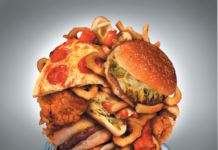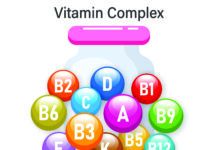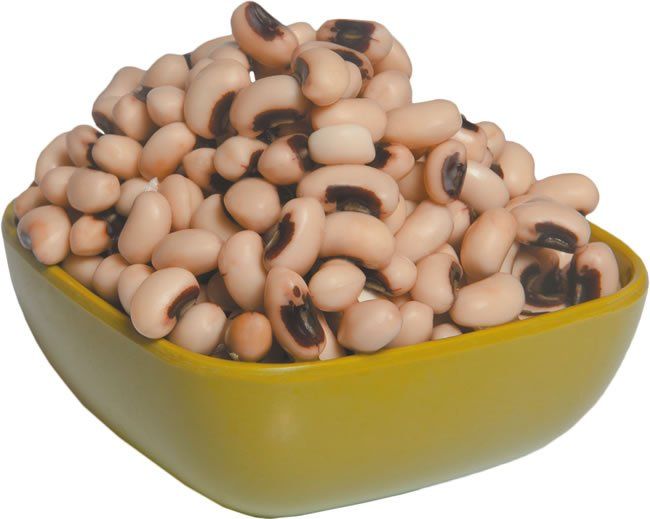New Year’s brings a brief boost in popularity for black-eyed peas, the key ingredient in the traditional Southern celebratory dish of Hoppin’ John. But if you’re looking for a nutritional bargain, black-eyed peas (aka cowpeas) should be a year-round staple in your pantry.
Image: Thinkstock
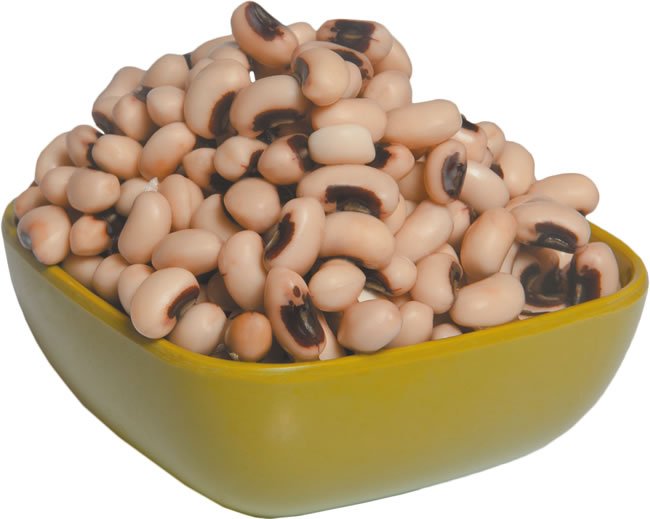
So should another lesser-known legume, garbanzo beans (aka chickpeas). They’re the main ingredient in trendy hummus, which recently topped $1 billion in US sales. But garbanzos have many other uses and, like black-eyed peas, deserve a place in your healthy pantry—not just as a dip in your refrigerator.
“Legumes are good sources of protein and fiber, while low in calories,” says Diane L. McKay, PhD, an assistant professor at Tufts’ Friedman School. “Both black-eyed peas and garbanzo beans are also tasty ways to get your phytochemicals as well as a variety of nutrients we may fall short on, including potassium, folate, magnesium and manganese.”
MACRONUTRIENTS: Although both are commonly called “peas,” black-eyed peas and garbanzo beans each represent different types of legumes called “pulses,” a category that includes beans and lentils but not green peas. Recent research has linked consumption of pulses to improved cholesterol levels (see the August 2014 newsletter).
People have been eating black-eyed peas and garbanzo beans for thousands of years. Black-eyed peas—named for the distinctive black circle on one side—may have first been cultivated in West Africa, and were brought to the US with the slave trade. Garbanzo beans originated in the Middle East, where evidence of cultivation has been found dating back 7,500 years. The “chickpea” familiar to US consumers—round, relatively uniform and cream-colored—is also called the “kabuli” type and is actually less common globally than the smaller “desi” type, which is irregular and colored tan to black.
Image: Thinkstock
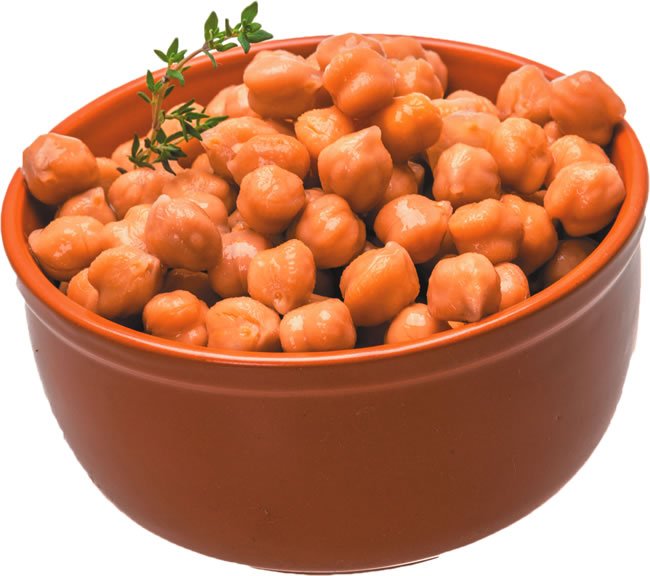
The USDA’s MyPlate <www.choosemyplate.gov> includes black-eyed peas and garbanzo beans in both the vegetable and protein foods categories. For vegetarians and those looking to reduce meat consumption, both represent high-protein bargains. A half-cup serving of black-eyed peas contains 2.6 grams of protein, while a half-cup of garbanzos packs 7.3 grams. Both are low in calories (80 for blackeyes, 134 for garbanzos per half-cup) and contain almost no saturated fat and zero cholesterol.
Though, like other legumes, both are relatively high in carbohydrates, these are “complex” carbs that release their energy slowly. And fiber is the real story here, with 4.1 grams per half-cup of blackeyes and 6.2 grams for garbanzos. Much of the fiber in black-eyed peas is soluble (dissolves in water), which helps control blood sugar and binds to cholesterol. Garbanzo beans are higher in insoluble fiber, which helps improve digestion and prevent constipation. One small study has also shown garbanzos may help with weight management by making you feel “full.”
VITAMINS AND MINERALS: Both of these legumes are good sources of folate, a B vitamin essential to growth and red blood cells, with more than 25% of the Daily Value (DV) per serving. Black-eyed peas also deliver 13% of your daily vitamin A, important for healthy eyes and the immune system, in the form of beta-carotene, and 27% of vitamin K.
Helping you hit your daily mineral targets is where these overlooked legumes really shine. Both are good sources of potassium (see story next page): 345 milligrams (10% of DV) in a half-cup of black-eyed peas, 239 milligrams (7%) for garbanzos. And they’re similar in content of magnesium, another often-overlooked mineral, at about 10% of the DV.
Black-eyed peas can help you get enough dietary calcium, with 106 milligrams (10%) per half-cup. Garbanzo beans are a smart choice if you’re worried about iron, with 2.4 milligrams (13%) per serving. You may not even know you need manganese, but it’s important for metabolism, cartilage formation and cell protection; a half-cup of either lesser-known legume provides more than 40% of your DV.
So go ahead, ring in the New Year with Hoppin’ John and serve some hummus at your New Year’s Eve party. Then resolve to eat more black-eyed peas and garbanzo beans the rest of the year.
If cooking from dried beans, give garbanzos a soak first, either two hours in water thats hot to start or four hours to overnight in cold. Presoaking reduces cooking time, flatulence and levels of phytic acid that can bind other nutrients. Black-eyed peas dont need overnight presoaking, but 60-90 minutes in water thats hot to start will reduce cooking time. Store dried legumes at room temperature in an airtight container.
Most of the key nutrients in these legumes survive the heat of canning, so dont worry if you prefer the convenience of canned. Just remember to look for low-sodium varieties and to drain and rinse before using.
Both legumes can be mashed into a hummus-like spread. Black-eyed peas can be added to vegetable dishes, soups, salads or grain dishes; Hoppin John combines them with rice and pork. Garbanzos can be stewed with onions, tomatoes and spices to make Indian chana masala; ground and formed into falafel patties; or even roasted to make a snack. Chickpea flour is used to make savory pancakes called socca or farinata in Mediterranean cuisine.

